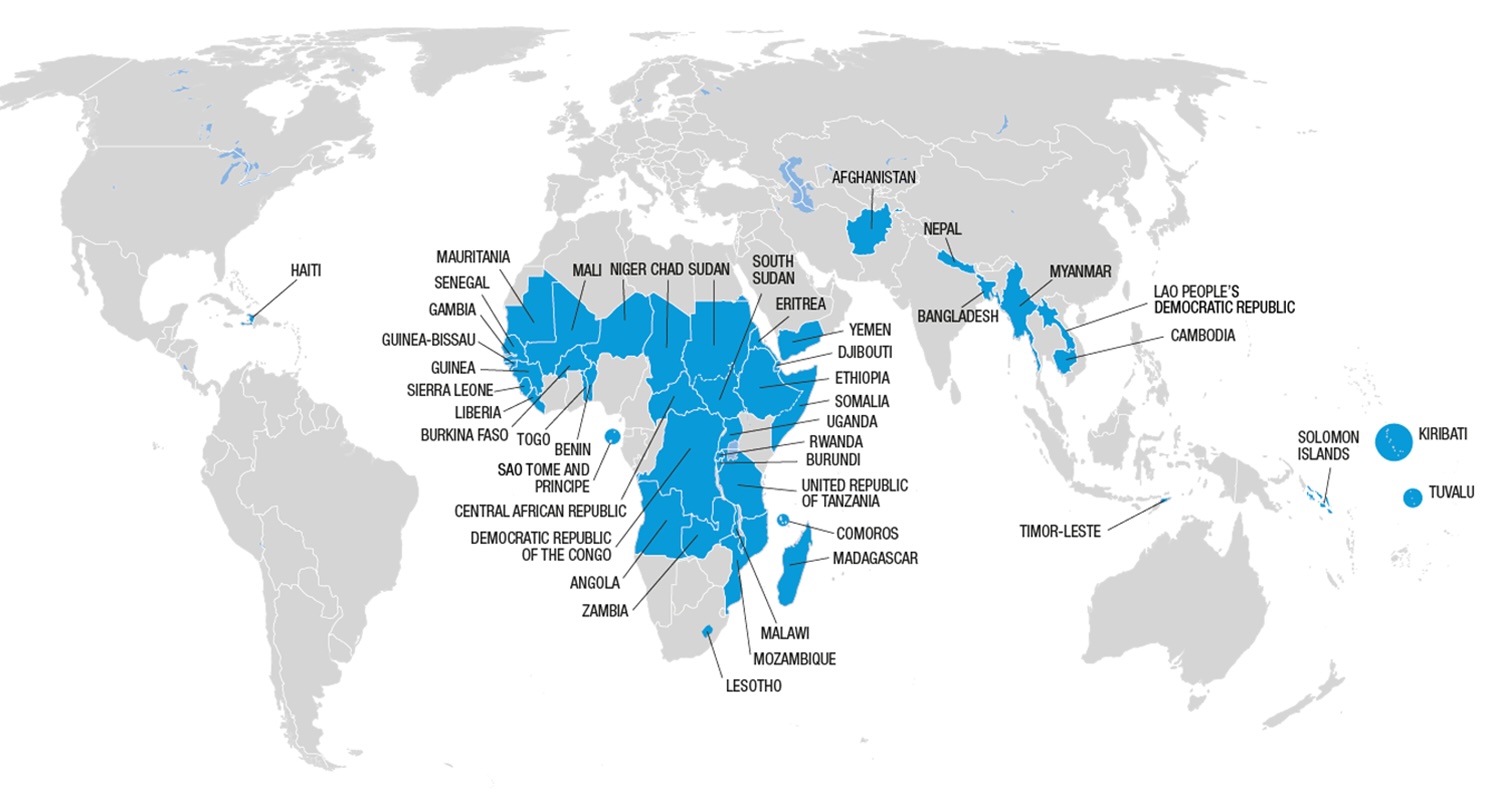Why Are RIR Transfer Fees Inconsistent?
by Leo Vegoda

The variations in transfer fees within a single Regional Internet Registry (RIR) can be considerable. Comparing those required by the four transferring RIRs is confusing. The differences are many and inconsistent.
The Fee Calculator
For this reason, IPv4.Global has developed a tool for calculating transfer fees. It can be found here: Transfer Fee Calculator. But the ease of using this tool hides the complexity of the fee structure. Plus, it certainly doesn’t explain the reasoning behind those fees. They are certainly designed to defray the cost of executing transfers.
But the variable costs of doing business in their established regions is not the only reason the RIRs don’t have a consistent set of charges. Other factors influence their charging decisions. They include:
- Contracting and membership
- Development status and usage
- Reserves
The RIRs are careful to avoid discussing among themselves the structure or the level of charges they require. On the one hand, each RIR is a monopoly of sorts. What’s more, registrations can be transferred between RIRs, so their connections are inherent and to some extent interdependent. Considering this unusual set of circumstances, it is not surprising that, for all parties in the system, it is important to avoid cartel behavior, or even its appearance.
What Do RIRs Need From Fees?
RIRs charge fees to provide registration services to organizations that need addresses. But they do more than just that. They engage with governments, intergovernmental organizations, and standards bodies on governance and other issues that impact their members.
They also provide learning and development services focused on some of the technical services they provide. These include DNSSEC and RPKI. Supporting deployment of technologies that make the internet more resilient benefits everyone.
They also support and spur development in the regions they serve. This is especially important for AFRINIC, which has assigned less than two percent of ASNs. While this is not a complete measure of development, it indicates a need relative to the other RIRs.
Contracting and Membership
The RIRs have three main approaches to charging their direct customers for sustained service:
- Tiered fees for members and non-member customers
- Fees for indirect customers
- One-size-fits-all fees
They each apply some of these. And most RIRs also charge an additional fee to process a transfer. ARIN offers enhanced services for a fee.
Tiered Membership Fees
Some RIRs use a tiered fee structure so that those with more addresses contribute more. This makes service more affordable for new market entrants.
APNIC’s fee schedule relies on CIDR boundaries instead of other tiering mechanisms. They perform a calculation based on the number of address bits allocated to a member. They provide a calculator to help people estimate their likely fees.
The RIPE NCC’s one-size-fits-all approach is different. Its fees have been low for over a decade and it often returns excess income to members in the following year by discounting their next invoice.
[*] Based on fees for ISPs and not End Users
Fees For Indirect Customers
Some members of RIRs are not network operators themselves. Instead, they focus on providing equivalent services to other organizations. The National Internet Registries (NIRs) in the APNIC and LACNIC regions provide registration services to local network operators. APNIC and LACNIC have different charging arrangements for these organizations.
In the RIPE NCC service region, organizations with address space can buy registration services from a RIPE NCC member (a sponsoring LIR) instead of contracting directly with the RIPE NCC. This is different from an NIR as there can be multiple members serving the same country. The sponsoring LIR is free to set its own fee structure and is charged a fixed amount per indirect customer each year. This is currently set at €50 but could change in 2025.
One Size Fits All
This is the approach taken by the RIPE NCC. It previously used a tiered structure but has used a simpler one-size-fits-all approach for over a decade, with member fees being set annually. In that time, membership fees have varied between €1,400 and €1,800. It is €1,550 in 2024.
The RIPE NCC also returns money to its members in years when its reserves are too high.
Transfer Fee
Most RIRs charge a transfer fee. Transfers requests must be evaluated by people and rely on custom software. These fees are intended to recoup the cost of delivering transfer services.
The RIPE NCC is one exception. It only requires that the organization transferring space away are up to date with their accounts. AFRINIC is another exception. It doesn’t charge a transfer fee but requires the recipient to join if it was not previously a member. The new member then needs to pay the regular membership fee.
| RIR | 2024 Fee |
| AFRINIC | — |
| APNIC | 20% of the Annual Fee applicable to resources being transferred. |
| ARIN | $500 plus a variable fee based on size, starting at $187.50 [*] |
| LACNIC | $200 filing fee plus $1,000 (up to a /19), or $1,500 for all larger blocks |
| RIPE NCC | There are no transfer fees but the seller must have paid its membership fee. |
[*] Waived for Premiere Support Plan members
Above and Beyond
ARIN offers what it calls a “Premier Support Plan” that any member can buy for $5,000 each year. It is included at no charge for its largest membership tiers. Members with this service get a dedicated point of contact for complex requests, round the clock support, and transfer fee waivers.
Development Status and Usage
Not all countries are equally developed. APNIC uses the United Nations list of Least Developed Countries as the basis for discounts. This means that members in advanced economies are providing a subsidy to those where there is less money.

Fig 1: UN map of least developed countries as of December 2023, from UNCTAD
APNIC’s discount is currently 50 percent and is applied to transfers as well as membership.
AFRINIC also offers a 50 percent discount for academic and research institutions. This is only applicable if all the addresses are used for that purpose.
Reserves
Network operators and governments around the world rely on RIRs. Their services are becoming more and more operationally important. They must be able to provide those services even if their income suddenly dries up for reasons beyond their control.
The RIRs try to build up reserve funds that can be drawn down in times of need.
Once established, these funds can mostly sustain themselves. And depending on the jurisdiction, there might be a cap on the total amount that can be placed in reserves.
| RIR | % (OpEx) | 2022 Reserves |
| AFRINIC | 2 years (goal) | $6 million [*] |
| APNIC | 16 months | AUD 33 million |
| ARIN | 1 year | $31 million |
| LACNIC | 1 year | $4 million |
| RIPE NCC | 1 year | €32 million |
[*] This is the 2021 number as the 2022 financial reports had not been published at the time of this writing.